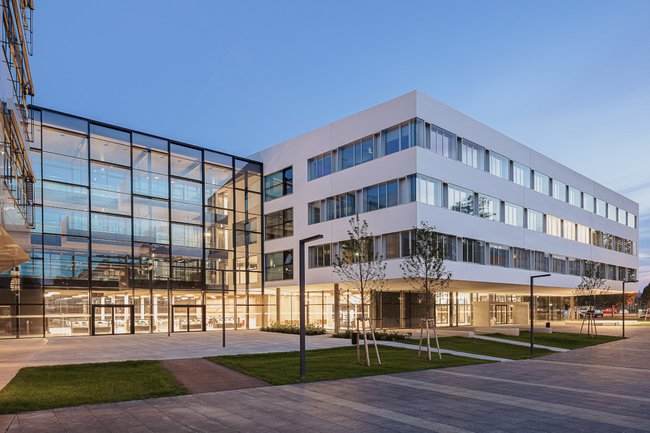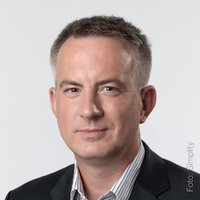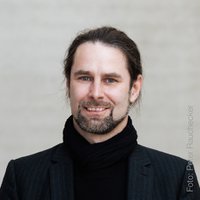New Center for Artificial Intelligence
From Detecting Fake News to Forecasting Extreme Weather: St. Pölten UAS Pools Artificial Intelligence Expertise

The St. Pölten University of Applied Sciences has launched a new Center for Artificial Intelligence (CAI) combining the UAS’ existing know-how from several disciplines and developing AI solutions from the fundamentals to their practical application.
From methodology to implementation
The new centre conducts basic and application-oriented research on the topic of artificial intelligence (AI) that covers the entire spectrum from fundamental AI methodology to the implementation of innovative AI-based applications across the boundaries of disciplines. The new centre is active in research and development in five key focus areas: human-centered AI, trustworthy AI, multimedia AI, AI engineering, and AI economics.
Over the past few years, staff members of the centre have already applied artificial intelligence to several practical topics:
- a Fake News Detector that automatically recognises false information in social media;
- the faster and more short-term forecasting of extreme weather through the analysis of fault data from mobile networks;
- a method to automatically detect sexism in social media;
- and a process that allows companies to automatically ascertain licence violations in software products.
Another important research topic involves making AI explainable, i.e., showing how the models reach their decisions, for example in the field of human gait analysis.
Innovative Solutions across Disciplinary Boundaries
“In our work, we strive to advance AI research and generate tangible benefits for individuals, companies, society and the environment by adopting innovative approaches”, says Torsten Priebe, head of the Data Intelligence research group and one of the new centre’s coordinators.
“The new centre allows us to pool our strengths in the field of artificial intelligence that we have developed in several departments over the past years. This interdisciplinary collaboration enables us to come up with solutions to major societal issues and for companies”, explains Hannes Raffaseder, Chief Research and Innovation Officer of the St. Pölten UAS.
Higher Education Alliance, Congresses, and Publications
Artificial intelligence is also one of the three research topics of the European Universities Alliance E³UDRES² (Engaged and Entrepreneurial European University as Driver for European Smart and Sustainable Regions), the higher education network coordinated by the St. Pölten UAS. Torsten Priebe from the Center for Artificial Intelligence represents the UAS within the framework of the key area “Human Contribution to AI”, currently with a focus on the collection and analysis of sensor data for smart and sustainable agriculture in Europe.
Markus Seidl and Matthias Zeppelzauer from the CAI recently organised the annual workshop of the Austrian Association for Pattern Recognition whose proceedings will soon be published at https://workshops.aapr.at. For the autumn of 2022, Tassilo Pellegrini from the CAI is planning the international SEMANTiCS conference which will be held in Vienna.
An official opening ceremony for the Center for Artificial Intelligence is scheduled for the spring of 2022.
- Center for Artificial Intelligence of the St. Pölten UAS
- Workshop of the Austrian Association for Pattern Recognition
- SEMANTiCS conference 2022
Further information on the examples:

FH-Prof. Dipl.-Wirt.-Inf. Dr. Torsten Priebe
Head ofData Intelligence Research Group
Institute of IT Security Research Lecturer Department of Computer Science and Security

FH-Prof. Dipl.-Ing. Dr. Markus Seidl , Bakk.
Academic Director Creative Computing (BA) Department of Media and Digital Technologies
FH-Prof. Mag. Dr. Tassilo Pellegrini
Head of Research InstituteInstitute for Innovation Systems Department of Digital Business and Innovation

FH-Prof. Priv.-Doz. Dipl.-Ing. Mag. Dr. Matthias Zeppelzauer
Head ofMedia Computing Research Group
Institute of Creative\Media/Technologies Department of Media and Digital Technologies
